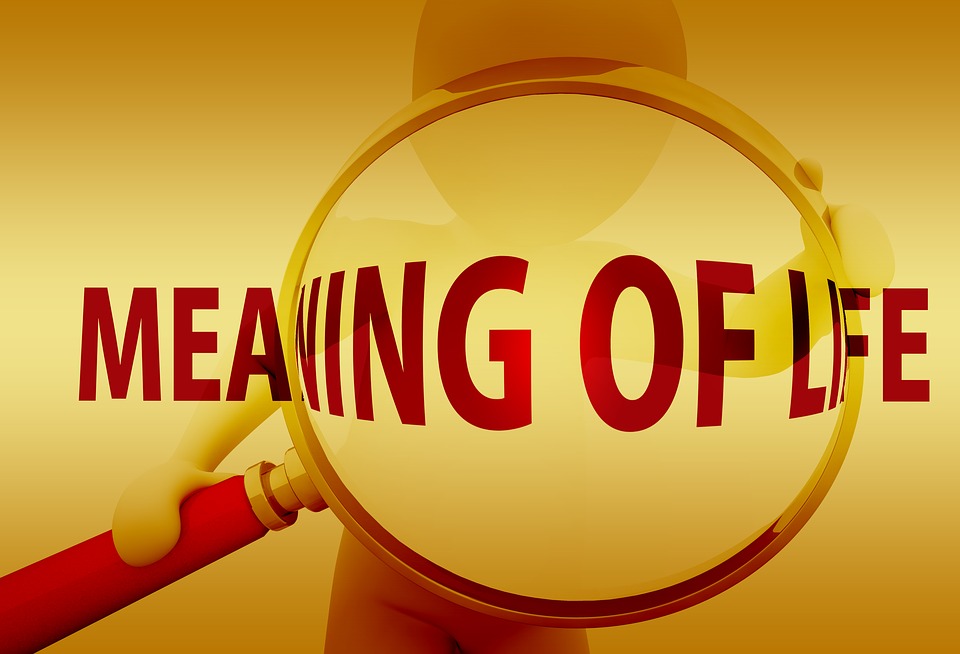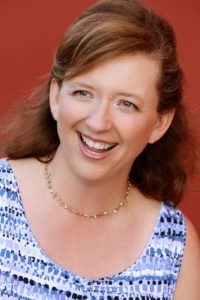That call at 3 AM
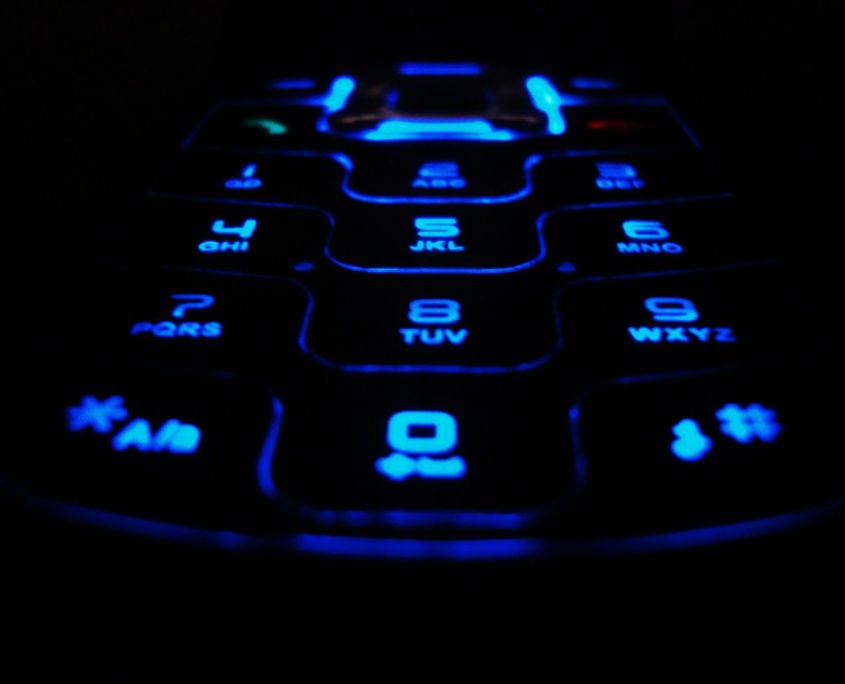
Yes, that one. The one that jerks you awake – the bolt straight out of bed when the phone rings – kind of phone call. Some years ago, I received such a call:
In the jet black of night, I answer the phone.
“Hello, is this Lori Noonan?” I hear a man’s voice ask on the other end of the phone line. “Yes,” I manage to say while in complete darkness as I fumble for a light switch.
“This is the County Coroner. I have news about your brother.” I am barely able to register what he’s saying and what’s really happening. I feel as if I’ve fallen into a deep, dark, hollow well.
The Coronor continues speaking, and says rather matter-of-factly: “He shot himself in the head and killed himself.”
The voice continues, stating rather brusquely: “He was found out near some railroad tracks, in his car, with a gun. In his wallet, the only contact info was a card with your name and telephone number on it. So, I’m calling you.”
I try to keep my composure and attempt to process what I’ve just been told.
Without skipping a beat, however, the Coroner just keeps talking, asking me questions and rattling off directives.
“Can you call the other family members?”
“They need to be notified.”
“Can you take care of that?”
In that moment, all I desire to do is to ask about my brother. My heart and my mind go straight there — to my brother, out in the rural outskirts of town, in the dark of night. In my mind’s eye, immediately I picture my brother out there in his car, in his final moments, full of despair.
Why by the railroad tracks, I ponder. Was he planning to stop the car on the tracks? Was that his plan and it somehow went awry? Was he worried about injuring others on the train, and backed away? Or, maybe he waited for a train to approach, but a train didn’t come by at that time of night? Oh, but he brought a gun with him, though, too. What exactly was his plan, and how long had he been planning this? What were his final thoughts? Did he really see suicide as his “only way out”?
My mind jetted from one scenario to the next and back again. Meanwhile, the Coroner is still talking.
Suddenly, the voice on the other end of the line punctures my imaginings, and pierces straight through and into my mindstream. This is when I heard something that I hope I never hear again, and pray that no one else ever has to hear when receiving this type of news:
With agitation in his voice, the Coroner says: “Okay, I gotta go now. I’ve got to get off the phone. Half his skull is missing, and there’s all kinds of blood and mess that I’ve had to clean up, and I’ve already had to stay past the end of my shift.”
I had just been envisioning my brother in the moments before his death. In my mind’s eye, he was still out there in his car, and was still very much alive. I certainly wasn’t prepared to have that image immediately sliced through with a proverbial scalpel from the Coroner. Envisioning my brother with half his head blown off, and blood everywhere – that was an image that I neither needed nor desired.
The call just seemed so very callous. It was not as if I was an objective bystander, a non-interested third party, a ‘passer-by’ learning of this, for the first time.
It’s 3 AM, and I’m now standing in the middle of my apartment with the phone in my hand, and I feel so, so alone, so very alone. And, my heart aches so, so deeply, for my brother. It felt as if my chest suddenly had caved in on itself. Heartache, in that moment, was anything but a euphemism.
And, it hit me that I would be the one then calling and informing the other family members.
From the darkness out into the light
Now, my intention here is not to vilify Coroners. I realize that they have a stressful job to do. I just wish that he had handled that conversation differently – with at least a bit of civility, a modicum of compassion, an ounce of sensitivity.
This happened quite a few years ago, and perhaps training and call protocols have improved since then? Or, maybe this one phone call was an anomaly? I’m realizing that it may be helpful for me to find out. It may be time for me to reach out to others who are facing or have faced suicide in their family. It may be time for me to advocate on their behalf, and to help medical professionals understand their point of view. I’m feeling that it may be part of my own spiritual path.
Answering a Call of a Different Sort
I’m looking into ways that I may be of service, and share my experience with those in the mental health professions, and medical personnel, and the like. Recently, I’ve learned that here in the United States, there is a national organization that provides educational programs and classes for staff members who provide mental health treatment services. And, this organization has trained presenters who present on topics such as “ending the silence” in schools, and out to the general public as a way to promote awareness of mental illness.
Is this part of my calling? Yes, it feels as if it may be. Perhaps I may hold a lantern — to shed light along the dark passageways – for those with suicidal thoughts, and for those family members who feel so alone in helping themselves as well as their loved ones through such travails. At this point, it remains somewhat undefined. I am willing, however, to explore, follow my intuitive impulses, and find out.
Okay, your turn:
Do you recall a time when you received such a phone call? What, if anything, could that person have said that would have “lessened the blow”? In what ways would you be prompted to convey such a message, if you are or were in a position to inform someone of such news?
I invite you to share your thoughts, feelings, and experiences in the Comments section, below. Soul-to-soul!
© 2015 Lori A. Noonan. All Rights Reserved.
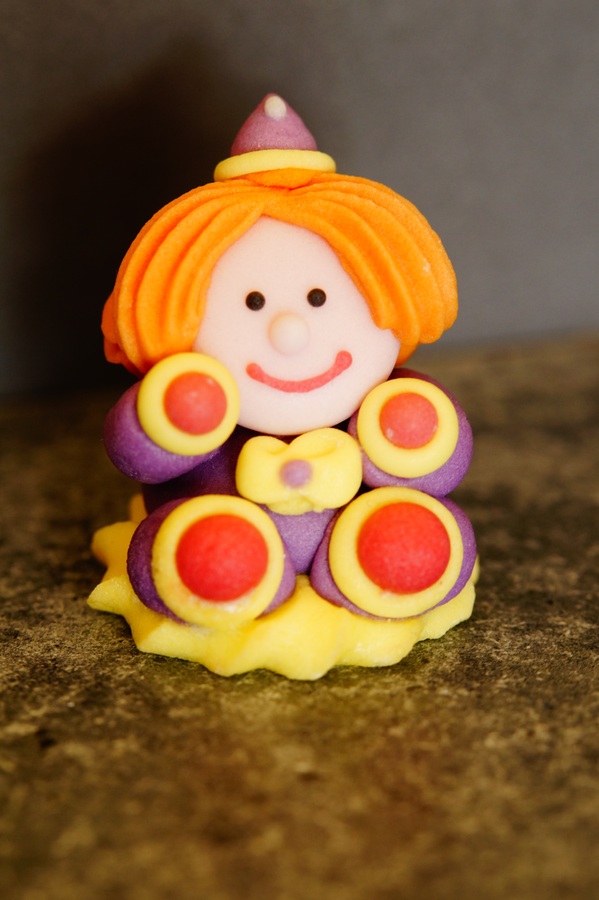




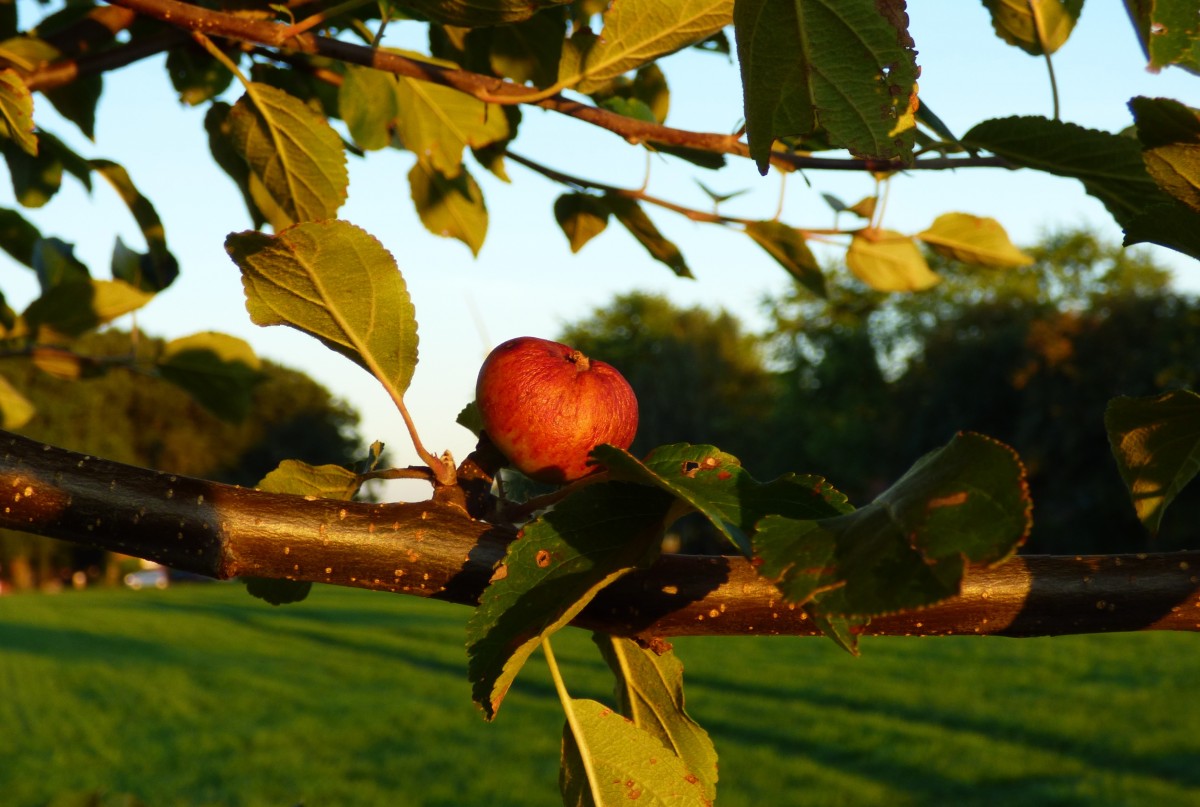
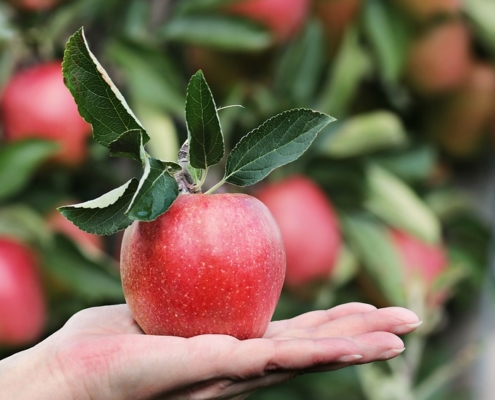 Plant the seeds and let go. Provide them water, soil and sunshine, sure; but otherwise, let them be. Allow specific outcomes to remain uncertain. Resist the temptation to impose person-made alterations that prevent nature from enjoying its full expression and dare I say potentially quirky “imperfections.” So, too, may it be with regard to your own dreams and aspirations.
Plant the seeds and let go. Provide them water, soil and sunshine, sure; but otherwise, let them be. Allow specific outcomes to remain uncertain. Resist the temptation to impose person-made alterations that prevent nature from enjoying its full expression and dare I say potentially quirky “imperfections.” So, too, may it be with regard to your own dreams and aspirations.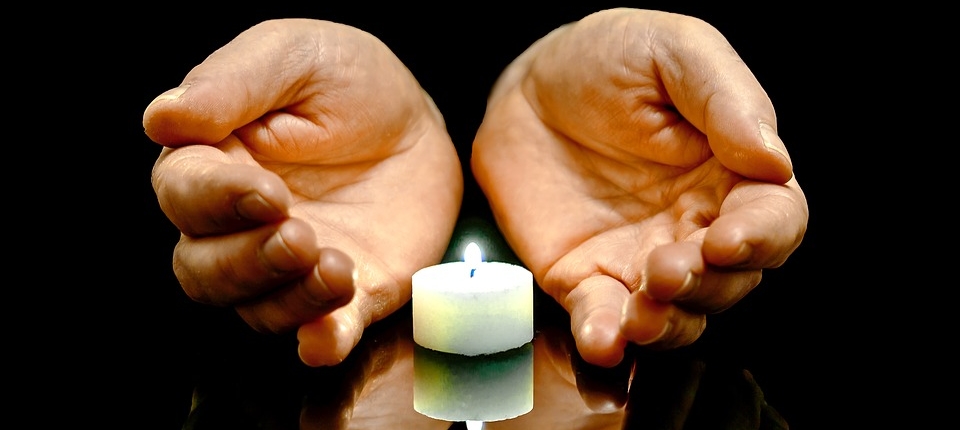
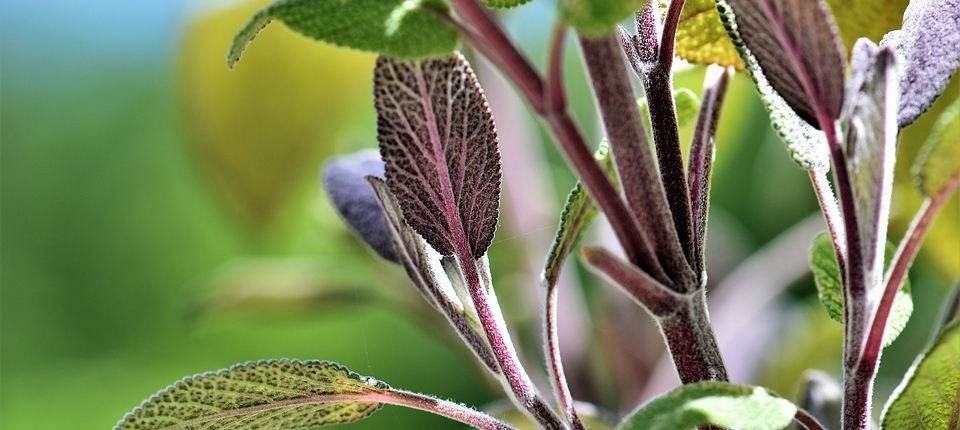
 We all remember being asked the question when we were young: What do you want to be when you grow up? Me: a philosopher. I didn’t hear anyone around me saying that they wanted to be that. It wasn’t exactly listed anywhere as a possible career track. That didn’t matter to me. If it was needed, and served a purpose, why couldn’t it be an occupation?
We all remember being asked the question when we were young: What do you want to be when you grow up? Me: a philosopher. I didn’t hear anyone around me saying that they wanted to be that. It wasn’t exactly listed anywhere as a possible career track. That didn’t matter to me. If it was needed, and served a purpose, why couldn’t it be an occupation?